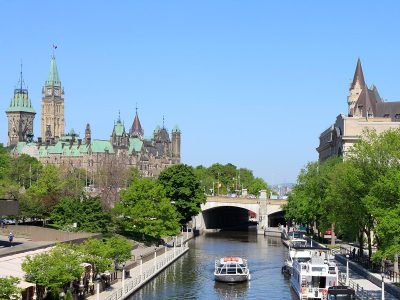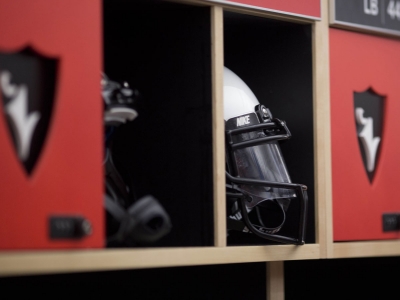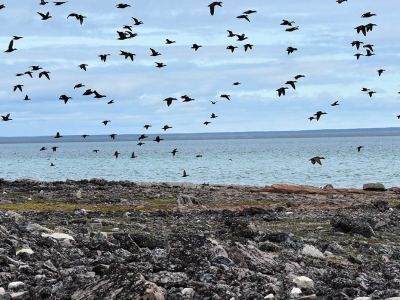By Dan Rubinstein
Photos by Terence Ho
On a sweltering summer day, there are few places more alluring in any city than a dock leading out over deep water.
With the sun beating down on your face and sweat dripping down your back, you’re ready to jump in for a refreshing swim.
But how clean is the water?
If you’re on the Rideau River in Ottawa, just downstream from the Carleton University campus, the water is typically clean unless it has rained recently, according to civil and environmental engineering professor Banu Örmeci.
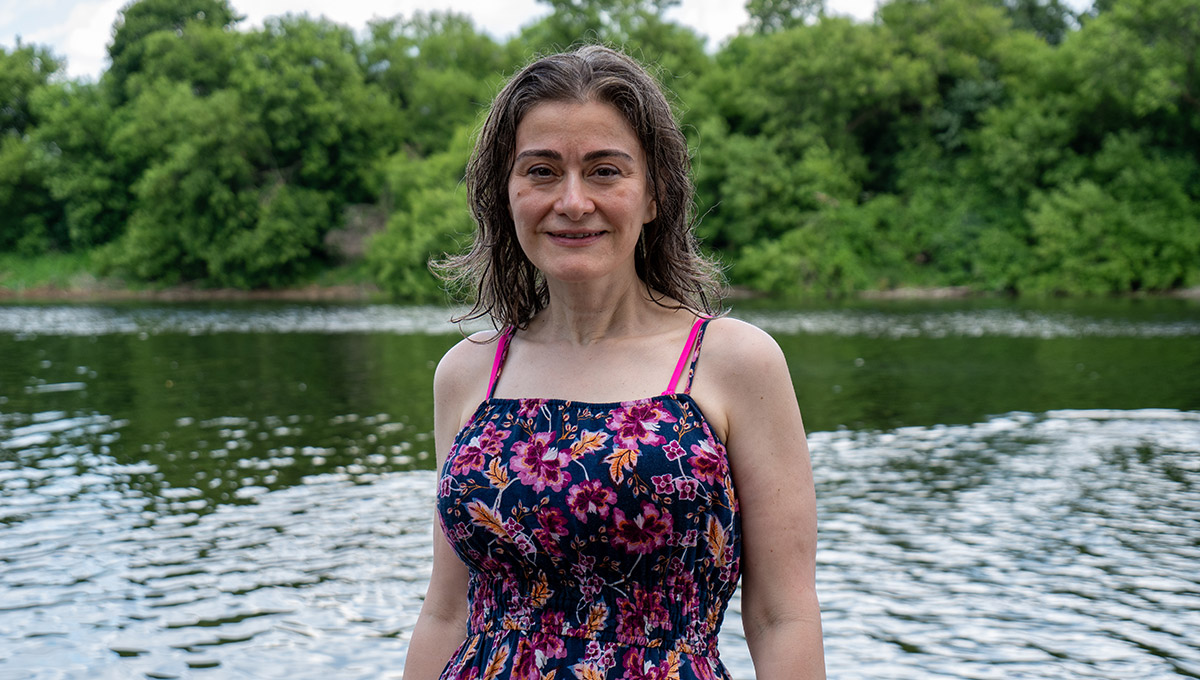
Carleton University Civil and Environmental Engineering professor Banu Örmeci
Which is why Örmeci had no qualms about swimming in the river on a late June afternoon when the temperature topped 35 C and the humidex rating reached 44 C.
“We’re in a beautiful park, surrounded by nature, and it’s so hot — there’s nowhere else I’d rather be,” Örmeci said while treading water.
“A lot of people want to swim but they’re not sure about the water quality, so they’re afraid. Yet this spot and so many others are right here in urban neighbourhoods. You don’t need to drive to get to a beach. It cools you off, helps your mental health and it’s a free activity for just about all ages and fitness levels.
“To me, this is a quality-of-life issue.”
It also happens to be Örmeci’s expertise. As the Jarislowsky Chair in Water and Health at Carleton and director of the university’s Global Water Institute, her research focuses on wastewater treatment, the removal of biological and chemical contaminants and the development of sustainable and cost-effective treatment technologies.
During the COVID-19 pandemic, Örmeci started swimming in the Rideau near her home in the outskirts of Ottawa every day in the warmer months and found it incredibly restorative and peaceful. And that led her to begin local water testing.
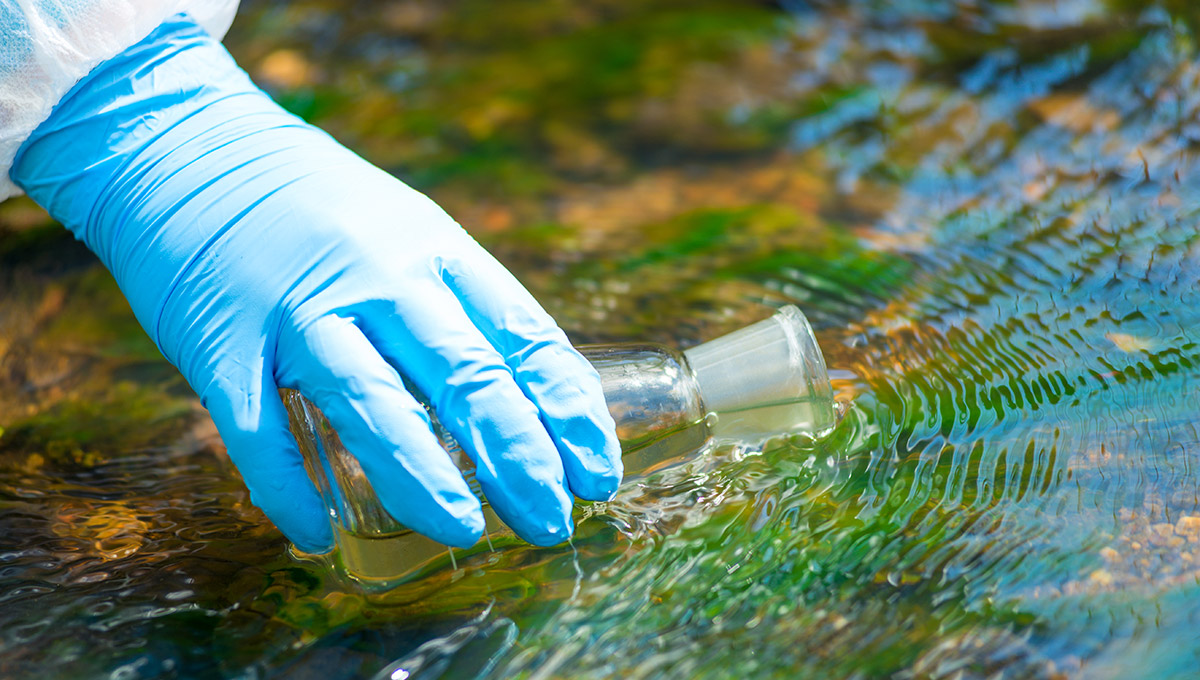
A Public Service for Ottawans
This summer, as a public service, Örmeci and Richard Kibbee, a senior research associate in her lab, are testing the water quality at five locations on the Rideau River once a week, collaborating with community members who are being trained to collect samples.
The results of their first rounds of testing on June 26 and July 2 — at Manotick Mill, Brewer Park, Windsor Park, Brantwood Park and Springhurst Park — ranged from 6 to 99 E. coli per 100 millilitres of water, well below the provincial safe swimming threshold of 200 E. coli per 100 mL, and are posted on her lab’s website.
Örmeci and Kibbee are using the same methodology that Ottawa Public Health follows to monitor water quality at city beaches, which involves putting samples in a petri dish with E. coli “food” and counting the number of bacteria colonies that grow. Even if the E. coli count exceeds 200, Örmeci clarifies that doesn’t mean people will automatically get sick if they swim, but rather that there is a heightened level of risk associated with exposure which should inform decisions about whether to swim.
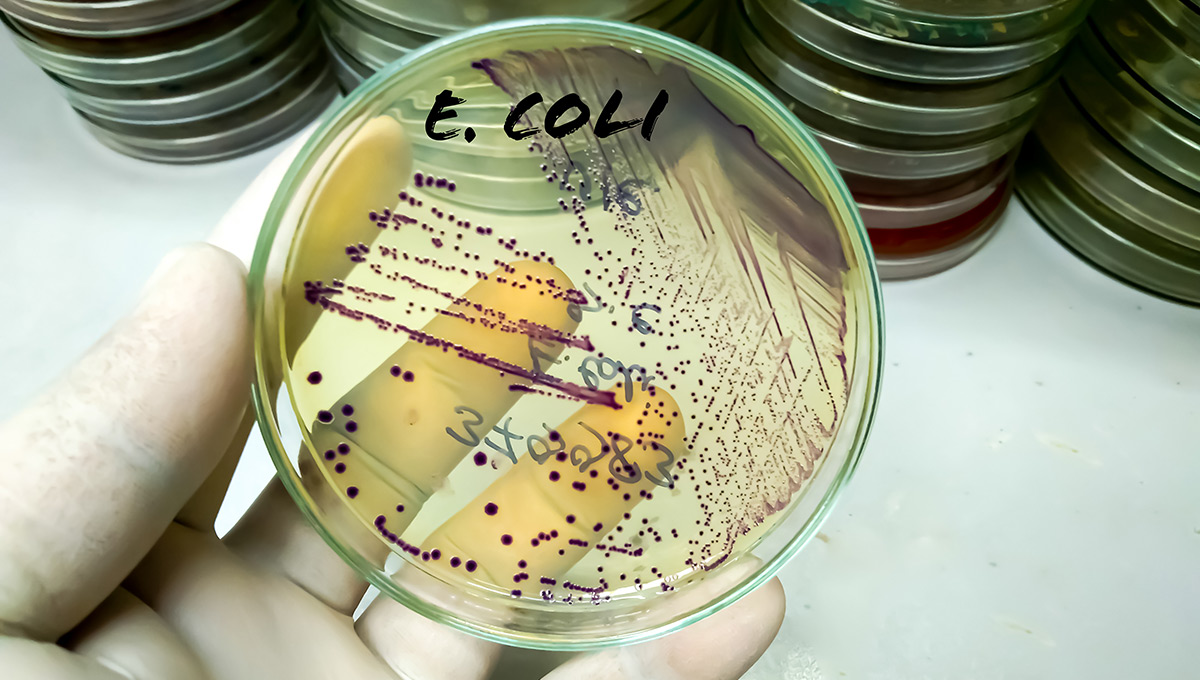
Escherichia coli (E. coli) bacteria culture growth on a petri dish (Photo by Md Ariful Islam / iStock)
“That’s typically only after a heavy rain for a limited period of time,” she says.
“With storms, the rain washes contaminants from roads, soil and other surfaces into the water, but the E coli concentration is generally not high for long.”
In the Rideau, this has been the case for several decades. The river wasn’t this clean in the 1960s and 1970s, when industrial and wastewater discharges and agricultural runoff were much more common. Now those pollutants have largely been abated, and Örmeci believes it’s a lingering perception about poor water quality that often prevents people from swimming.
“So many Canadians love lakes and go to cottages or campgrounds and swim, but most of the time there’s no water quality testing and these are closed basins,” she says. “Lakes experience nutrient discharges from agricultural sources that can lead to toxic algal blooms, but people aren’t overly concerned about that.
“It’s very difficult to change perceptions, especially perceptions of risk,” she continues.
“A good example is the fear of flying. Lots of people are scared, but if you look at different forms of transportation, airplanes are a lot safer than cars and we don’t think twice about driving around the city.”
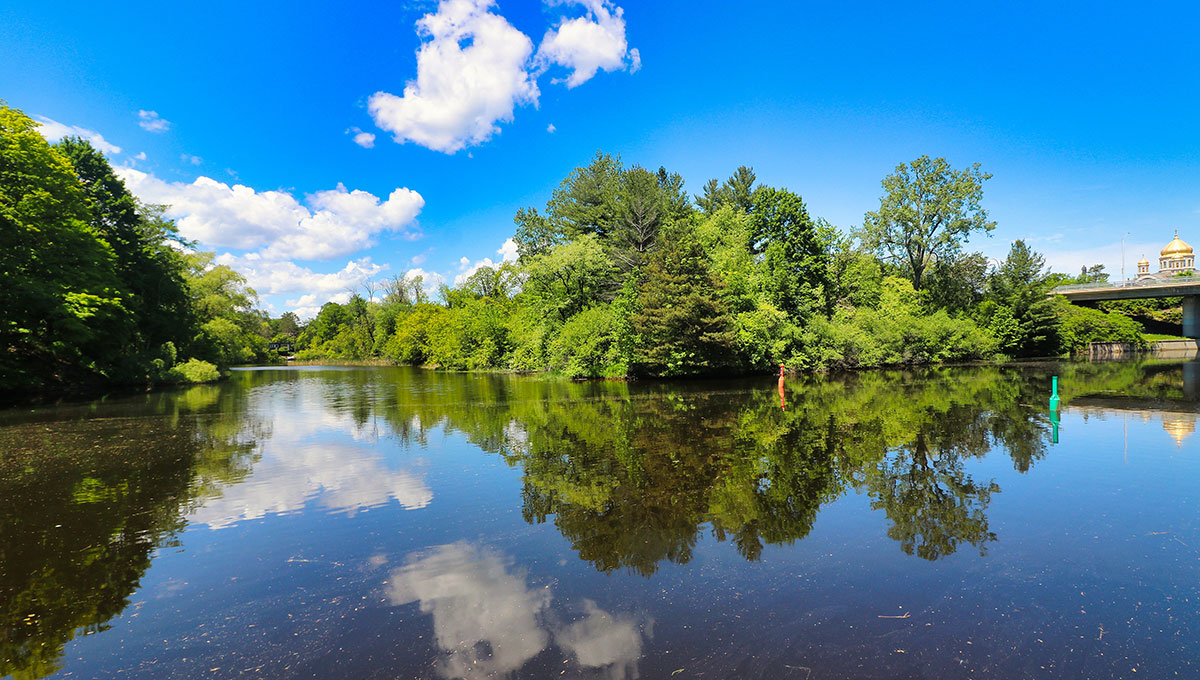
A Healthy Ecosystem
Another perception issue is that the water in the Rideau doesn’t look clean. Depending on how the light hits it, it can appear cloudy or murky.
That’s because there’s a lot of plant life in the river and it’s a healthy ecosystem, with features such as wetlands that help filter out and break down pollutants
It’s the same situation at the new dock on Dow’s Lake near the Carleton campus, which is part of the Rideau Canal leading toward downtown and has been opened for swimming this summer by the National Capital Commission (NCC), who are doing regular testing.
So far, results obtained by Örmeci, Ottawa Public Health and the NCC affirm what the historical data shows — the majority of the time and at most locations, it’s safe to jump in the city’s waterways
After Örmeci stepped out of the Rideau on that scorching day last month, a young woman approached her on shore.
“I was just in the water and want to know whether that’s OK,” she said to the researcher.
“I think it’s safe, but we are testing to make sure,” Örmeci replied reassuringly. “This is the most beautiful place to be on a very hot day.”
Second wide image by InnerPeaceSeeker / iStock
Monday, July 7, 2025 in Civil and Environmental Engineering, Faculty of Science
Share: Twitter, Facebook
